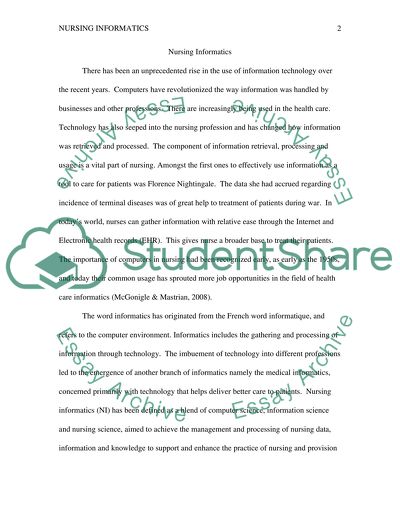Cite this document
(“Using Nursing Informatics in Clinical Area Research Paper”, n.d.)
Using Nursing Informatics in Clinical Area Research Paper. Retrieved from https://studentshare.org/medical-science/1567710-using-nursing-informatics-in-clinical-area
Using Nursing Informatics in Clinical Area Research Paper. Retrieved from https://studentshare.org/medical-science/1567710-using-nursing-informatics-in-clinical-area
(Using Nursing Informatics in Clinical Area Research Paper)
Using Nursing Informatics in Clinical Area Research Paper. https://studentshare.org/medical-science/1567710-using-nursing-informatics-in-clinical-area.
Using Nursing Informatics in Clinical Area Research Paper. https://studentshare.org/medical-science/1567710-using-nursing-informatics-in-clinical-area.
“Using Nursing Informatics in Clinical Area Research Paper”, n.d. https://studentshare.org/medical-science/1567710-using-nursing-informatics-in-clinical-area.


